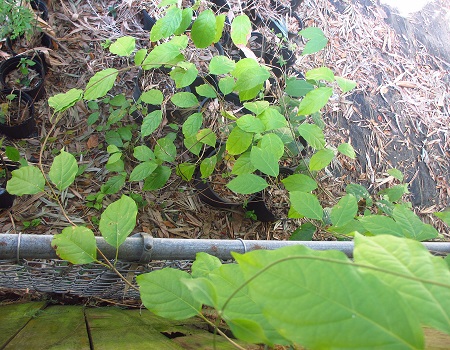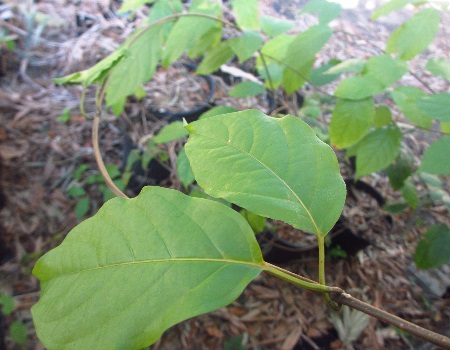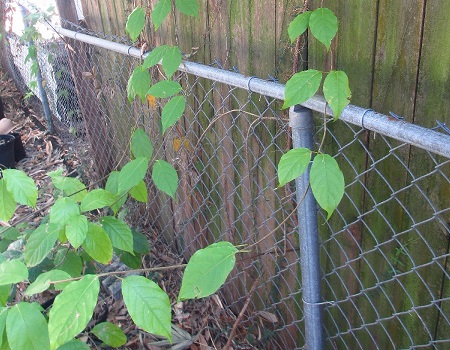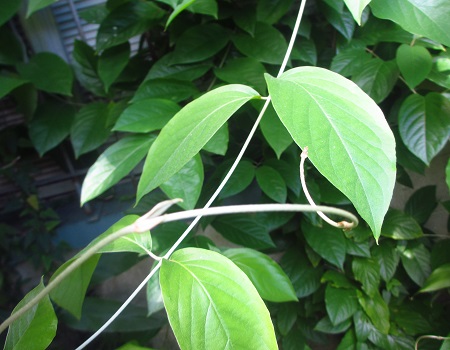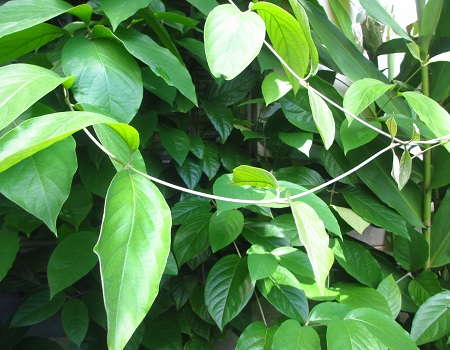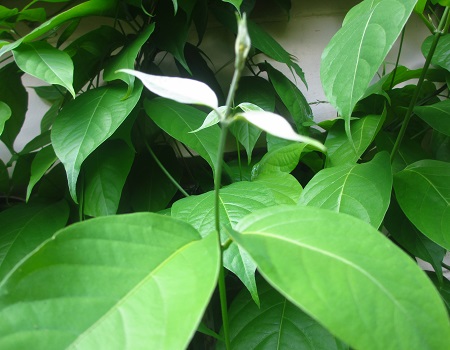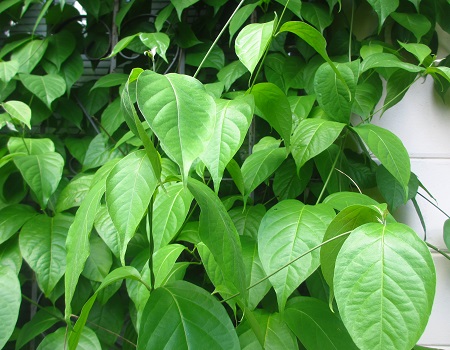Banisteriopsis caapi is a South American tree climbing vine in the Malpighiaceae family. It is used to prepare ayahuasca, a decoction with a long history of its entheogenic use and its status as a “plant teacher” among the indigenous peoples of the Amazon rainforest.
The naming of the genus Banisteriopsis was dedicated to John Banister, a 17th-century English clergyman and naturalist.
I’ve been growing this vine in Tampa Florida for several years now in Usda zone 9b and my vines are quite healthy. Downright aggressive actually. They have survived, without damage, light frosts that severely burned other plants nearby.
I have found aphids and scale to be problems for this vine, particularly aphids on the tender new foliage.
Origin
South America
Family
Malpighiaceae
Binomial nomenclature
Banisteriopsis caapi
Common names
Caapi, Yage, Ayahuasca
Description
Woody vine, the stems sericeous to glabrate. Lamina of the leaves (4.8-)8.2-15.9(-20.5) cm long, (2.5-)3.5-7.7(-11.5) cm wide, ovate, obtuse to truncate at the base, short- to long-acuminate at the apex, glabrate above, sparsely sericeous to glabrate below, bearing 2-5 pairs of sessile glands below near or at the margin and another pair near the midrib at the base: petiole 9-25 mm long, sparsely sericeous to glabrate, eglandular or biglandular near the apex; stipules 0.5-1 mm long, triangular. Inflorescence an axillary cyme of 4-flowered umbels, sparsely tomentose to velutinous, the bracts and bracteoles 1-1.8 mm long, deciduous before or during anthesis, rarely immediately afterwards. Pedicel 7-11 mm long, sessile, appressed- or tomentose-sericeous. Sepals abaxially sericeous, adaxially minutely tomentose, all eglandular or the lateral 4 biglandular, the glands 0.5-2.2 mm long. Petals pale pink, becoming pale yellow in age, glabrous, fimbriate, the lateral 4 with the claw 1-1.5 mm long, the limb 5-8.5 mm long, 4-6 mm wide, the posterior petal with claw 2.5-3 mm long, constricted at the apex, the limb 5-7 mm long, 2.5-4.5 mm wide, broadly obovate, the basal fimbriae gland-tipped. Filaments 2-4 mm long, the posterior 3 inflexed between the posterior styles; anthers with the locules sparsely pilose to glabrate, 0.3-1.2 mm long, the connectives 0.2-1.6 mm long, the anterior 5 longest and glandular, those of the anthers opposite the antero-lateral sepals exceeding the locules by 0.5-1 mm. Anterior style 2.8-3.2 mm long, straight, the posterior styles 3-4 mm long, diverging and lyrate at the base, the stigmas capitate. Samara appressed-pubescent to glabrate, with the dorsal wing 18-42 mm long, 8-22 mm wide, bearing a rounded tooth at the adaxial base; nut bearing prominent ribs on the side perpendicular to the areole, rarely with a short aculeate outgrowth, the locule hairy within.
Height
90 feet tall.
Temperature/Zone
zone 9b, 32°F. This plant prefers humid conditions.
Light
Full sun to part sun.
Water
These like a lot of water in Summer, and less in Winter, buyt I never let them completely dry out.
Fertilizer
I use a granular all purpose vegetable garden fertilizer.
Cultivation
You need to provide this plant with something to grow on. In the wild they grow up trees and cover the canopy with their foliage.
Pests
Aphids are a particular problem, especially on the tender tips.
Back to Rare Plants
wikipedia
Maguire, Bassett. 1978. The botany of the Guayana Highland–part XI. Mem. New York Bot. Gard. 32: 1-391.
-

Banisteriopsis caapi “Cielo”
Yellow Ayahuasca
$49.99 -
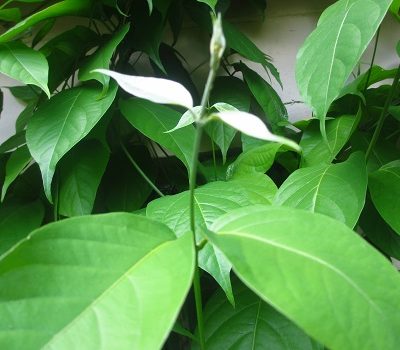
Banisteriopsis caapi
White Ayahuasca
$49.99 -

Banisteriopsis muricata
Red Ayahuasca
$49.99 -
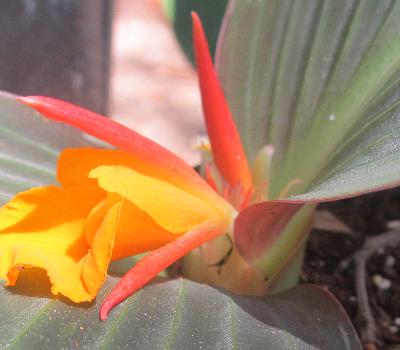
Cornukaempferia arauntiflora
$19.99 -

Curcuma aurantiaca
wild yellow Turmeric $19.99
-
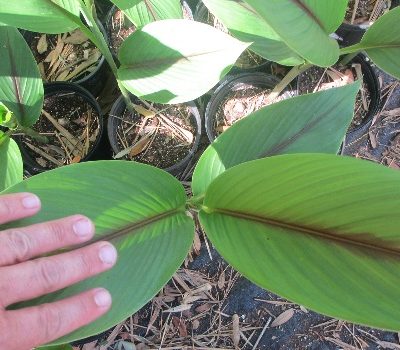
Curcuma zeodaria
Round White Turmeric $19.99
-

Hoja Santa
$19.99 -
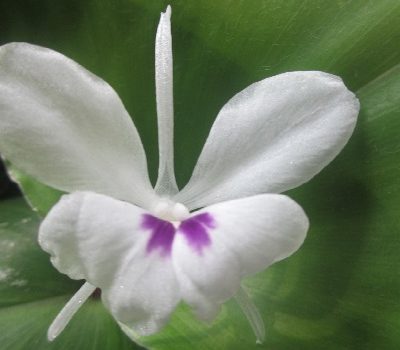
Kaempferia galanga
$24.99


